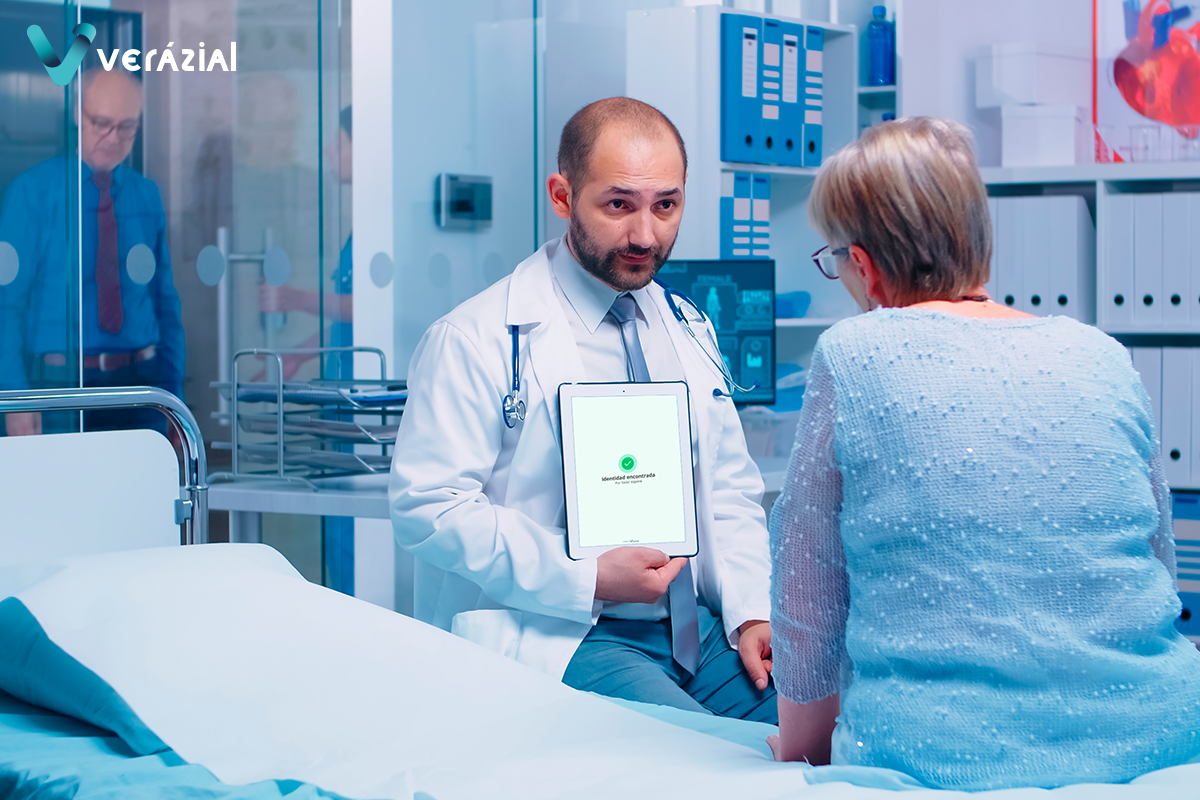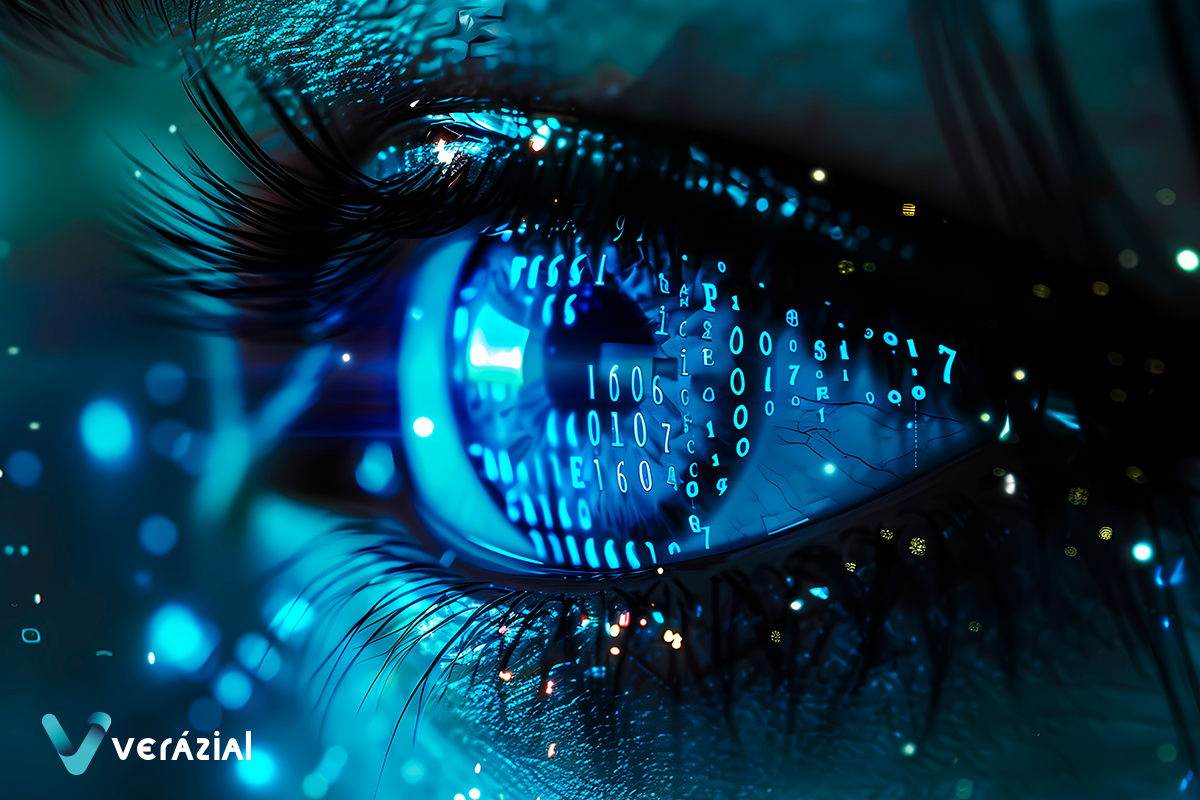Welcome to
our Blog
Here you can learn about the latest biometric developments for your sector
Welcome to
our Blog
Here you can learn about the latest biometric developments for your sector
Welcome to
our Blog
Here you can learn about the latest biometric developments for your sector
Biometric Identification for Accurate Treatment and Access Control in Hospitals
The adoption of biometric technology in hospitals strengthens security protocols through reliable identification of patients and authorized personnel. This helps prevent critical clinical errors, control access to sensitive areas and ensures accurate traceability throughout the care process, guaranteeing patient safety and quality of care.
Duplicated and overlapping medical records: Consequences of incorrect patient identification
The implementation of advanced identification systems, such as biometrics, plays a crucial role in preventing the duplication of medical records, ensuring that each patient is linked to a unique record. This not only enhances the precision of information but also streamlines healthcare processes and reduces the risks of clinical errors.
Second victims: Preventing adverse events with biometric identification
The use of biometric technology, such as fingerprints or facial recognition, ensures accurate patient identification, reducing errors and preventing healthcare professionals from facing emotional and legal consequences, protecting them from becoming "second victims."
Biometric Identification for Accurate Treatment and Access Control in Hospitals
The adoption of biometric technology in hospitals strengthens security protocols through reliable identification of patients and authorized personnel. This helps prevent critical clinical errors, control access to sensitive areas and ensures accurate traceability throughout the care process, guaranteeing patient safety and quality of care.
Duplicated and overlapping medical records: Consequences of incorrect patient identification
The implementation of advanced identification systems, such as biometrics, plays a crucial role in preventing the duplication of medical records, ensuring that each patient is linked to a unique record. This not only enhances the precision of information but also streamlines healthcare processes and reduces the risks of clinical errors.
Second victims: Preventing adverse events with biometric identification
The use of biometric technology, such as fingerprints or facial recognition, ensures accurate patient identification, reducing errors and preventing healthcare professionals from facing emotional and legal consequences, protecting them from becoming "second victims."
Fingerprints, faces or irises? We explore the features of the main biometric technologies
Biometrics offers a secure, convenient and fast way to identify people. We analyze the characteristics of the main biometric technologies, such as iris, facial and fingerprint recognition, considering the advantages and disadvantages they provide.
Subscribe to our newsletter
Receive information of interest about biometrics for your sector
Subscribe to our newsletter
Receive information of interest about biometrics for your sector
Subscribe to our newsletter
Receive information of interest about biometrics for your sector





